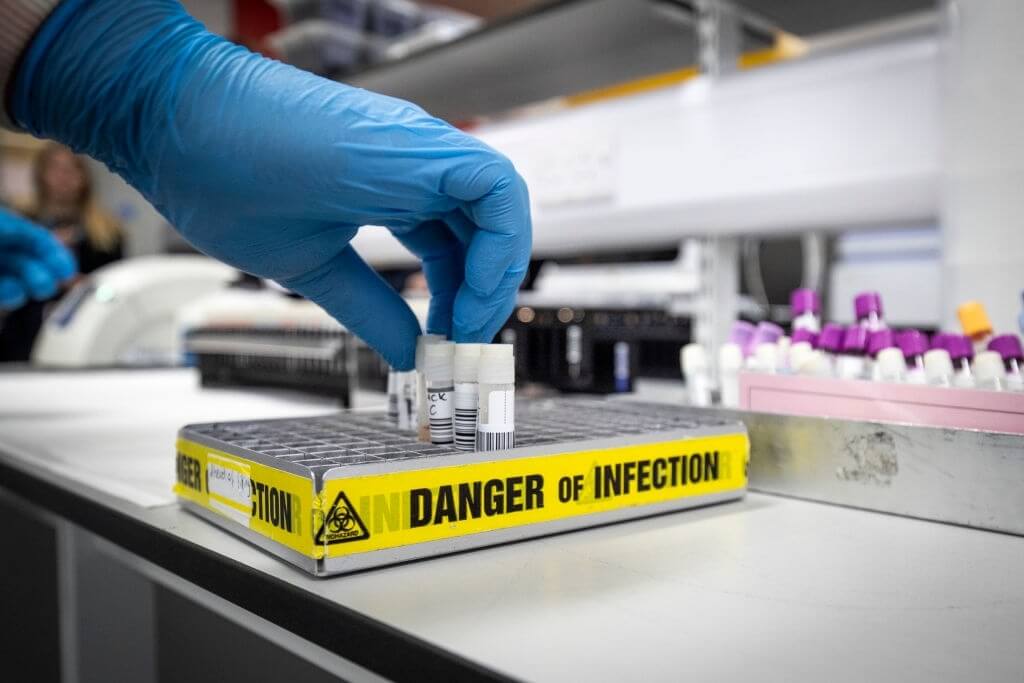In order to fight COVID-19, researchers from all around the globe have been working at a breakneck pace to create vaccinations. The realization of this objective occurred less than a year after the outbreak of the epidemic. Moderna, Pfizer-BioNTech, and Johnson & Johnson have all developed vaccinations that are currently being distributed in the United States of America.
The Phrase “Breakthrough Infection” Tends To Cast Suspicion About Vaccinations, Although This Shouldn’t Be The Case
The Food and the Drug Administration granted emergency use authorizations (EUA) to all three vaccinations. A EUA is a kind of green light in specific ways. It is not the same as official approval in the legal sense.

The FDA may allow previously unapproved medical goods in a timely way during a public health emergency, such as a coronavirus pandemic, where there are no other authorized or available options for diagnosing, treating, or preventing the disease of concern. The EUA procedure is much quicker than the standard FDA approval process, which may take anywhere from six to ten months. However, evidence demonstrating the safety and efficacy of a product is still needed before it can be approved. The FDA and an advisory committee of experts use this information to evaluate the risks and advantages of the product under consideration.
What Precisely Is Vaccination, And How Does It Work?
A vaccine is a substance that aids in the development of immunity to an infectious illness in humans. It works by deliberately exposing the body to an inactive form of a disease-causing microbe, or something comparable to it, to cause it to get infected. This subsequently promotes the creation of antibodies by the immune system, which are proteins that aid in the protection of the body. The three vaccines that have gained European Union approval (Pfizer-BioNTech, Moderna, and Johnson & Johnson (J&J)) are now the only ones that are accessible in the United States.
Individuals aged 12 and older may now get Pfizer’s vaccine, which the FDA has granted emergency approval; Moderna and J&J’s vaccines have been approved for use in those aged 18 and older.It has been discovered that the three vaccinations successfully prevent COVID-19 infection in both clinical trial participants and real-world data sets. Comprehensive research, including a varied population of fully vaccinated health care professionals, discovered that the two-dose mRNA vaccines from Pfizer-BioNTech and Moderna decreased the chance of becoming ill with COVID-19 by 94 percent when compared to the control group. In a second trial, researchers discovered that the Pfizer-BioNTech and Moderna vaccines were 94 percent effective against COVID-19 hospitalization in individuals 65 years and older who had received their complete vaccination.
Health authorities and specialists are very concerned about the safety of their patients. In the Pfizer-BioNTech, Moderna, and Johnson & Johnson studies, participants reported various adverse effects after receiving the vaccine, including injection-site discomfort and fever. They also reported chills, headaches, muscular pains, and joint pain. These symptoms are only transitory and are consistent with the adverse effects that some individuals experience after receiving other vaccinations, such as the flu shot or the shingles vaccine, among others. The incidence of more severe responses is lower, although they do happen sometimes.
As of April 13, the Centers for Disease Control and Prevention (CDC) and the Food and Drug Administration recommended that vaccination sites in the United States stop using the Johnson & Johnson vaccine. Meanwhile, the agencies investigate data involving six reported cases of a rare but serious kind of blood cluttered cerebral venous sinus thrombosis in individuals who received the vaccine. One patient died, and another was in serious condition in one of the cases.
Six to thirteen days following vaccinations, all six instances occurred in women ranging in age from 18 to 48 years old. It is recommended that people who just got the Johnson & Johnson vaccine but who experience symptoms such as a severe headache, leg pain, stomach discomfort, or shortness of breath within three weeks of receiving the vaccine contact their healthcare practitioner, according to the company.